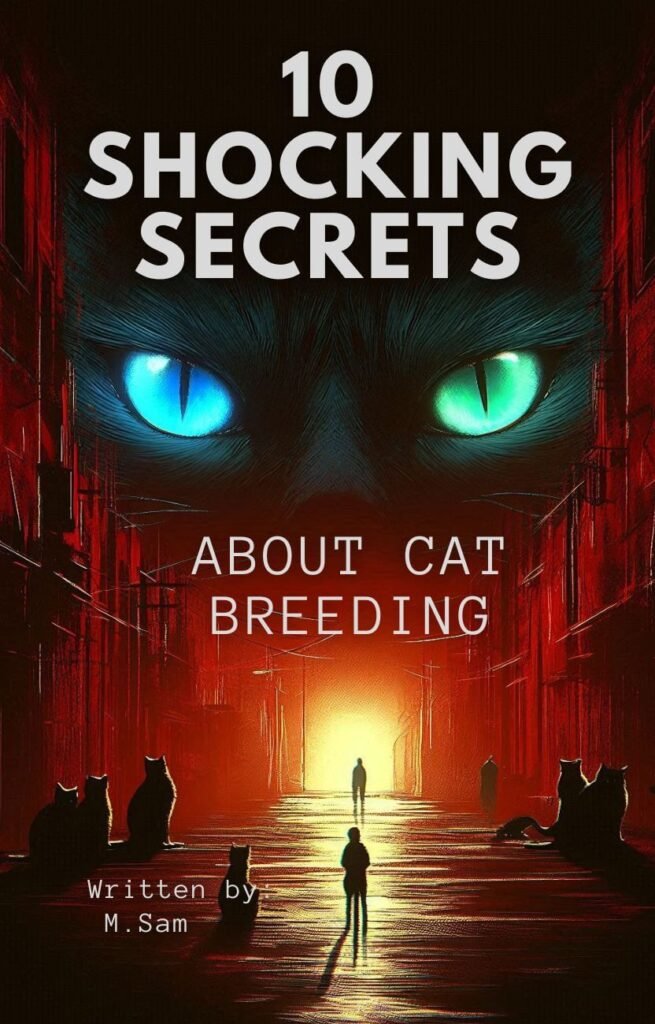10 Shocking Secrets About Cat Breeding That Will Make You Rethink Everything
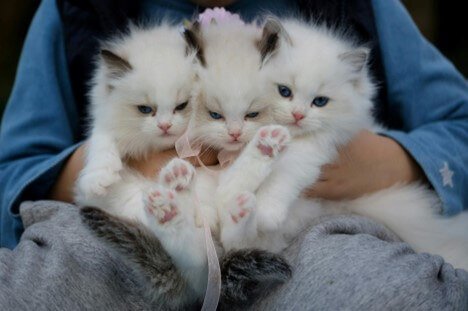

10 Shocking Secrets About Cat Breeding That Will Make You Rethink Everything
🐱 Cats – those adorable, fluffy creatures that have captured our hearts for centuries.🐱 But what if everything you thought you knew about cat breeding was wrong? Our eye-opening exposé uncovers 10 shocking secrets that will turn your understanding upside down. From the dark underbelly of pedigree breeding to the truth about “hypoallergenic” cats, we reveal what breeders don’t want you to know. Discover the hidden costs, ethical dilemmas, and health risks behind those perfect pedigrees. Whether you’re a cat lover or considering a purebred, this article will make you rethink everything! #CatBreedingTruths #PetIndustrySecrets Prepare to have your world turned upside down as we dive into the shocking secrets of the cat breeding industry.
From the glitz and glamour of cat shows to the hidden costs behind those perfect pedigrees, this exposé will make you question everything you’ve ever believed about our feline friends. Are you ready to peek behind the curtain and discover the dark underbelly of cat breeding?
In this eye-opening article, we’ll uncover the truth about pedigree breeding, expose the reality of cat shows, reveal the staggering costs involved, and debunk the myth of hypoallergenic cats. Buckle up, cat lovers – you’re in for a wild ride that will change the way you look at cat breeding forever. 🙀


The Dark Side of Pedigree Breeding
Health Risks Associated with Purebred Cats
Pedigree cat breeding is often celebrated for producing beautiful and unique felines. However, this practice comes with a host of health risks that many potential cat owners are unaware of. Due to their limited gene pool, purebred cats are more susceptible to various genetic disorders and health issues.
- Common health problems in purebred cats:
- Respiratory issues
- Heart conditions
- Joint problems
- Dental abnormalities
Ethical Concerns of Selective Breeding
The practice of selective breeding raises significant ethical questions within the cat breeding community. Breeders often prioritize aesthetic traits over the overall health and well-being of the animals, leading to potential suffering.
| Ethical Concern | Description |
| Overbreeding | Producing excessive litters for profit |
| Inbreeding | Mating closely related cats to maintain “pure” bloodlines |
| Exaggerated features | Breeding for extreme physical traits that may cause discomfort |
Genetic Disorders Prevalent in Certain Breeds
Many popular cat breeds are prone to specific genetic disorders due to years of selective breeding. These conditions can significantly impact a cat’s quality of life and lifespan.
- Examples of breed-specific genetic disorders:
- Persian cats: Polycystic kidney disease
- Siamese cats: Progressive retinal atrophy
- Maine Coon cats: Hypertrophic cardiomyopathy
While some large cat breeds like the Maine Coon are particularly susceptible to certain genetic disorders, it’s important to note that even smaller breeds can face similar issues. Responsible breeding practices and genetic testing can help mitigate these risks, but potential cat owners should be aware of the challenges associated with pedigree breeding.


The Truth About Cat Shows
Cat shows may seem glamorous on the surface, but there’s more to these events than meets the eye. Let’s delve into some of the lesser-known aspects of cat shows that might surprise you.
Behind-the-scenes practices that may shock you
While cat shows appear to celebrate feline beauty and grace, some behind-the-scenes practices can be concerning:
- Excessive grooming: Cats may undergo hours of intense grooming, including hair straightening and even the use of makeup.
- Sedation: Some breeders resort to sedating cats to keep them calm during shows.
- Deceptive practices: There have been instances of cats being dyed or having cosmetic alterations to enhance their appearance.
Unrealistic beauty standards for felines
Cat shows often promote unrealistic beauty standards that can be detrimental to feline health:
| Beauty Standard | Potential Health Issue |
| Extremely flat faces | Breathing difficulties |
| Overly large eyes | Eye infections |
| Excessively long fur | Grooming problems |
| Tiny legs | Joint issues |
These standards can lead breeders to prioritize appearance over health, potentially compromising the well-being of cats.
Stress on cats during competitions
Cat shows can be incredibly stressful for the feline participants:
- Unfamiliar environments: Cats are territorial animals, and being in a strange place can cause anxiety.
- Constant handling: Being examined by judges and handled by strangers can be distressing for cats.
- Long hours: Shows often last for extended periods, keeping cats confined in small spaces.
- Loud noises: The bustling atmosphere of a show can overwhelm a cat’s sensitive hearing.
While cat shows claim to celebrate felines, it’s essential to consider the impact on the cats themselves. As we’ve seen, these events often prioritize human desires over feline welfare. Next, we’ll explore another crucial aspect of cat breeding that often goes unnoticed.
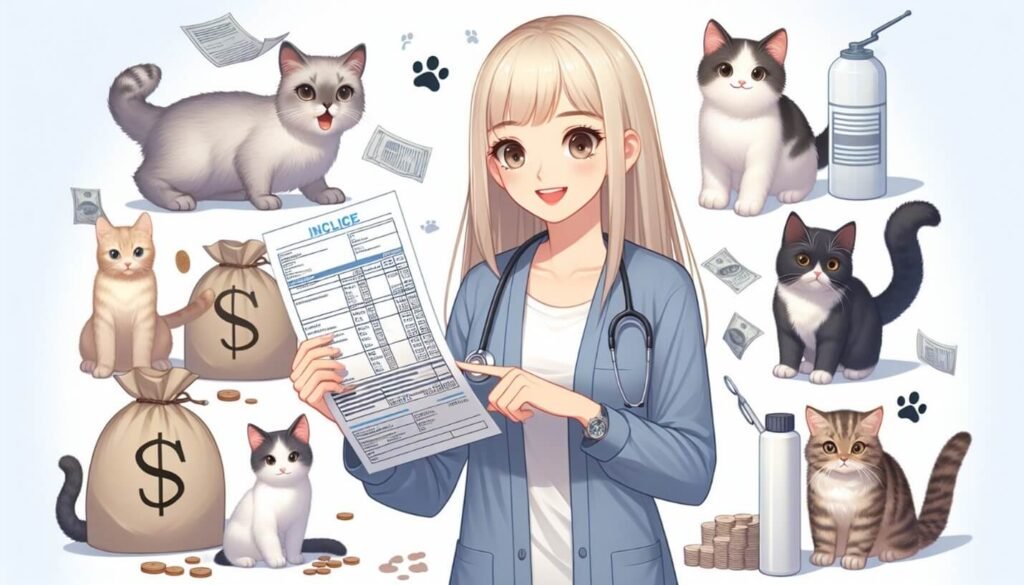

The Hidden Costs of Cat Breeding
Cat breeding may seem like a lucrative and enjoyable venture, but there are numerous hidden costs that many aspiring breeders overlook. Let’s delve into the various aspects that can significantly impact a breeder’s finances, legal standing, and emotional well-being.
A. Legal implications and liabilities
Cat breeders face a complex web of legal requirements and potential liabilities:
- Licensing and permits
- Compliance with animal welfare regulations
- Potential lawsuits from buyers for genetic defects or health issues
| Legal Aspect | Potential Cost |
| Licensing fees | $100 – $500 annually |
| Legal consultations | $200 – $500 per hour |
| Insurance premiums | $500 – $2000 annually |
B. Financial burdens of maintaining breeding facilities
Maintaining a proper breeding facility involves significant ongoing expenses:
- Housing and enclosures
- Climate control systems
- Sanitation equipment
- Food and supplies
- Regular facility maintenance and upgrades
C. Emotional toll on breeders
The emotional impact of cat breeding is often underestimated:
- Stress from managing multiple litters
- Attachment to kittens that must be sold
- Dealing with health issues or loss of cats
- Balancing breeding responsibilities with personal life
D. Unexpected veterinary expenses
Veterinary costs can quickly escalate, especially when dealing with large cat breeds:
- Emergency c-sections
- Treatment for genetic disorders
- Routine health checks and vaccinations
- Specialized care for breeding cats
These hidden costs demonstrate that cat breeding is far more complex and potentially expensive than many realize. As we move forward, we’ll explore another surprising aspect of the cat breeding world that may change your perspective even further.
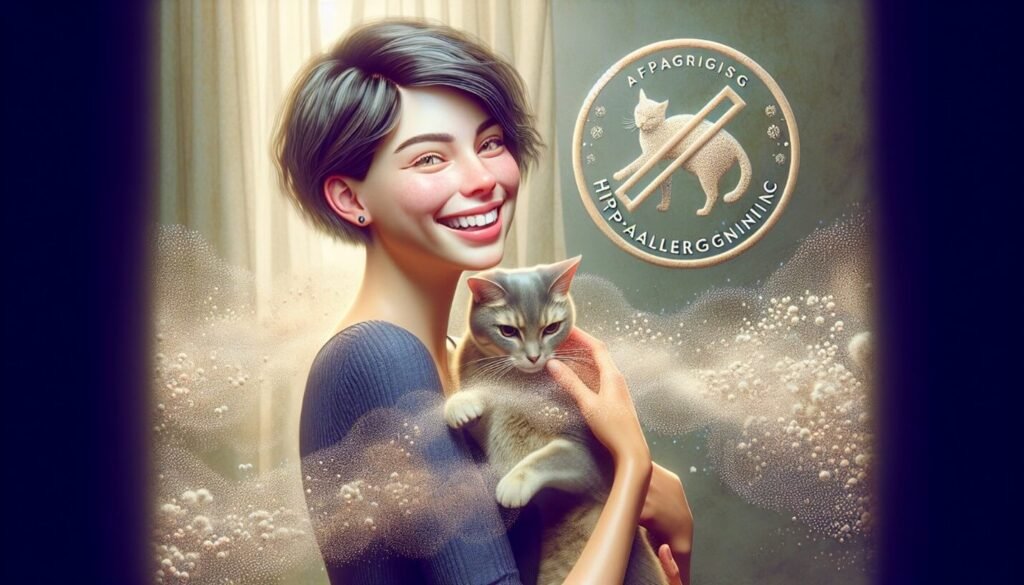

The Myth of Hypoallergenic Cats
Alternative solutions for allergy sufferers
For those who love cats but suffer from allergies, the quest for a hypoallergenic feline companion can be frustrating. While no cat is truly allergen-free, there are several strategies that can help reduce allergic reactions:
- Regular grooming to minimize loose fur and dander
- Use of air purifiers with HEPA filters
- Designating cat-free zones in the home
- Immunotherapy treatments for allergy sufferers
Marketing tactics used by breeders
Some cat breeders capitalize on the desire for hypoallergenic cats, using clever marketing tactics to promote certain breeds. These may include:
| Tactic | Example |
| Scientific-sounding terms | “Low-allergen producing” |
| Celebrity endorsements | Famous allergy sufferers with cats |
| Exaggerated claims | “100% allergy-free” |
| Limited availability | “Rare hypoallergenic breed” |
Why no cat is truly allergen-free
Despite marketing claims, it’s crucial to understand that no cat breed is completely hypoallergenic. The primary allergen, Fel d 1, is produced in all cats’ saliva and sebaceous glands. While some breeds may produce less of this protein, they still produce it. Factors influencing allergen levels include:
- Individual cat variations
- Sex of the cat (males typically produce more allergens)
- Age and health of the cat
Understanding these facts can help potential cat owners make informed decisions about bringing a feline friend into their lives. While the search for a truly hypoallergenic cat may be futile, with proper management and care, many allergy sufferers can still enjoy the companionship of cats.
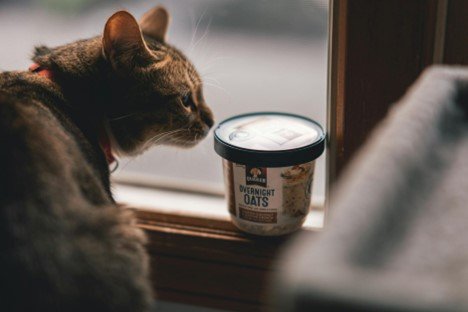

Cat breeding, often romanticized, has its share of hidden truths that may surprise many feline enthusiasts. From the ethical concerns surrounding pedigree breeding to the reality behind cat shows, the industry is not as glamorous as it may seem. The financial burden of breeding cats and the misconception about hypoallergenic breeds further complicate the picture.
As responsible pet owners and animal lovers, it’s crucial to educate ourselves about these lesser-known aspects of cat breeding. By understanding the challenges and ethical implications involved, we can make more informed decisions about pet ownership and support practices that prioritize the health and well-being of our feline friends. Let’s strive to create a world where cats are valued for their companionship rather than their pedigree or show potential.
Read about caring your dog
Read more about Cat Breeding from other sources.
In depth e-Book
